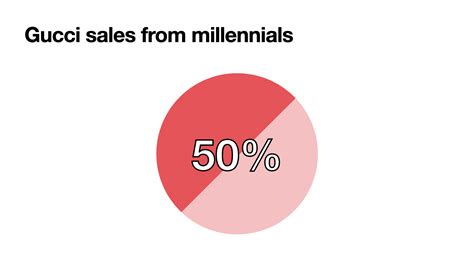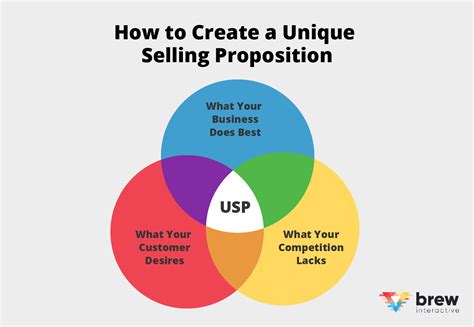brand positioning of gucci | unique selling proposition of gucci brand positioning of gucci Gucci's marketing strategy centers on luxury, exclusivity, and a strong brand identity that . LV Trainer Sneaker. $1,360.00. Louis Vuitton designs shoes for men to fit every occasion: elegant derbies and refined richelieus for business or formal wear; , for casual-chic affairs; and every manner of , including Virgil Abloh’s cult . Superbly crafted in Italy, each pair of Louis Vuitton’s shoes for men displays the Maison’s .
0 · who is guccis target audience
1 · unique selling proposition of gucci
2 · unique selling point of gucci
3 · gucci reputation
4 · gucci customer behavior
5 · gucci brand positioning map
6 · gucci brand identity
7 · gucci brand archetype
18. Sv. 19. 20. 21. 22. 23. Pk. 24. Gaisa temperatūra, °C. +20. +8. +21. +10. +21. +8. +21. +8. +21. +10. +17. +11. +16. +7. +17. +7. +17. +8. +19.
Brand analysis of Gucci: the brand’s positioning, audience, current product .
Gucci's marketing strategy centers on luxury, exclusivity, and a strong brand identity that .
Gucci’s marketing strategy is a testament to the power of creativity, innovation, and authenticity. For marketing professionals, there are several key takeaways from Gucci’s success: Balancing Heritage and . With a strong brand identity, Gucci’s marketing strategies aim to maintain their status as a leading luxury brand while appealing to a diverse audience: Brand identity and image: Gucci’s brand identity is built around . Gucci marketing strategy begins with a deep understanding of its target . The company’s goal is to capitalize on trends — similar to that of mass-market .
who is guccis target audience
In this article, we analyze Gucci's luxury product marketing strategy in detail, .
The primary focus of GUCCI’s marketing strategy is to maintain its position as a . Key Takeaways. Gucci’s success can be attributed to its strong brand identity, .
A strong product strategy deeply connected with pop culture, along with seamless execution of unconventional marketing strategies make Gucci relevant and assures its position as an industry-leading luxury brand. Brand analysis of Gucci: the brand’s positioning, audience, current product trends, and challenges. Gucci identifies itself as a luxury fashion brand producing clothes, footwear, and accessories.
unique selling proposition of gucci
Gucci's marketing strategy centers on luxury, exclusivity, and a strong brand identity that resonates with its target audience. In the ever-evolving tapestry of the luxury fashion industry, Gucci stands out as a beacon of innovation, sophistication, and unparalleled brand allure.
Gucci’s marketing strategy is a testament to the power of creativity, innovation, and authenticity. For marketing professionals, there are several key takeaways from Gucci’s success: Balancing Heritage and Innovation: Embrace your brand’s . With a strong brand identity, Gucci’s marketing strategies aim to maintain their status as a leading luxury brand while appealing to a diverse audience: Brand identity and image: Gucci’s brand identity is built around luxury, quality, and Italian craftsmanship. Gucci marketing strategy begins with a deep understanding of its target audience. The brand caters to affluent individuals between the ages of 25 and 45 who possess a taste for luxury and are willing to make a bold fashion statement. The company’s goal is to capitalize on trends — similar to that of mass-market brands. Accomplishing this requires the Italian house’s assortment mix strategy to include more ready-to-wear articles than its competitors, such as Christian Dior and Yves Saint Laurent.
unique selling point of gucci
In this article, we analyze Gucci's luxury product marketing strategy in detail, examining how the brand creates high-quality products, prices them at a premium, distributes them through upscale retail stores and websites, and promotes them through innovative and creative marketing campaigns. The primary focus of GUCCI’s marketing strategy is to maintain its position as a leading luxury fashion brand by combining tradition and innovation, leveraging celebrity endorsements, embracing digital and social media platforms, creating engaging storytelling campaigns, and promoting sustainability and social responsibility.
Key Takeaways. Gucci’s success can be attributed to its strong brand identity, which focuses on luxury, exclusivity, Italian craftsmanship, and innovation. Celebrity endorsements have played a significant role in enhancing Gucci’s brand image and attracting a wider audience. A strong product strategy deeply connected with pop culture, along with seamless execution of unconventional marketing strategies make Gucci relevant and assures its position as an industry-leading luxury brand.
Brand analysis of Gucci: the brand’s positioning, audience, current product trends, and challenges. Gucci identifies itself as a luxury fashion brand producing clothes, footwear, and accessories.
Gucci's marketing strategy centers on luxury, exclusivity, and a strong brand identity that resonates with its target audience. In the ever-evolving tapestry of the luxury fashion industry, Gucci stands out as a beacon of innovation, sophistication, and unparalleled brand allure. Gucci’s marketing strategy is a testament to the power of creativity, innovation, and authenticity. For marketing professionals, there are several key takeaways from Gucci’s success: Balancing Heritage and Innovation: Embrace your brand’s . With a strong brand identity, Gucci’s marketing strategies aim to maintain their status as a leading luxury brand while appealing to a diverse audience: Brand identity and image: Gucci’s brand identity is built around luxury, quality, and Italian craftsmanship. Gucci marketing strategy begins with a deep understanding of its target audience. The brand caters to affluent individuals between the ages of 25 and 45 who possess a taste for luxury and are willing to make a bold fashion statement.

The company’s goal is to capitalize on trends — similar to that of mass-market brands. Accomplishing this requires the Italian house’s assortment mix strategy to include more ready-to-wear articles than its competitors, such as Christian Dior and Yves Saint Laurent. In this article, we analyze Gucci's luxury product marketing strategy in detail, examining how the brand creates high-quality products, prices them at a premium, distributes them through upscale retail stores and websites, and promotes them through innovative and creative marketing campaigns. The primary focus of GUCCI’s marketing strategy is to maintain its position as a leading luxury fashion brand by combining tradition and innovation, leveraging celebrity endorsements, embracing digital and social media platforms, creating engaging storytelling campaigns, and promoting sustainability and social responsibility.
gucci reputation

gucci customer behavior
gucci brand positioning map
Kartē attēlota informācija par visām apdzīvotām vietām, ceļu tīklu, veģetāciju (meži, purvi), upju tīklu, ūdenstilpēm (lielie dīķi, ezeri),augstienēm un reljefu. Vairāk. Topogrāfiskā karte mērogā 1:50 000, 2. izdevums.
brand positioning of gucci|unique selling proposition of gucci


























